An Agouti Eating Pulp of the Dipteryx panamanensis Seed Coat
Agoutis are rodents exclusive to forested and wooded lands of the American tropics. Their habitats include rainforests and savannas. Some species have even adapted to live in cultivated fields. They are active during daytime. At night they hide in hollow tree trunks or in burrows among roots. Here in this short observation recorded at the Smithsonian Tropical Research Institute (STRI) in Barro Colorado Island, Panama you can see an agouti feeding on the outer pulp of the one of the […]

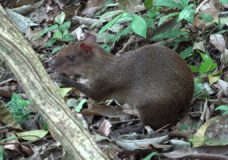

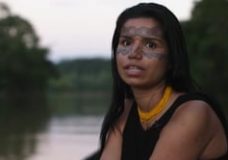
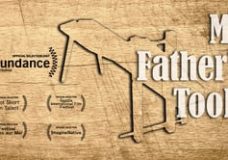
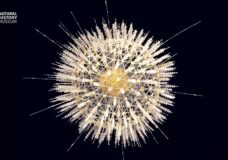
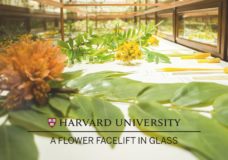
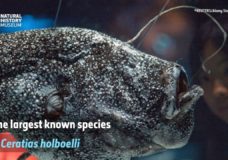
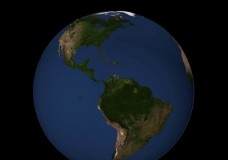
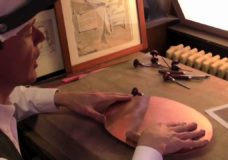
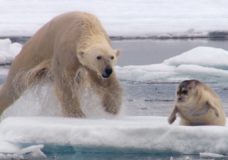
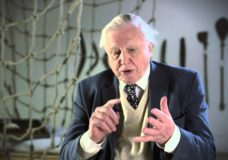

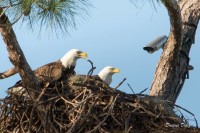

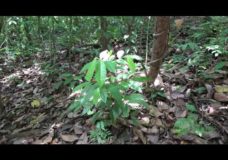

Recent Comments